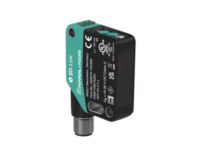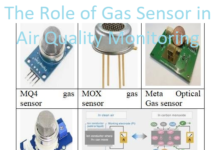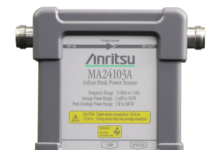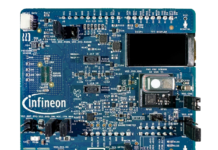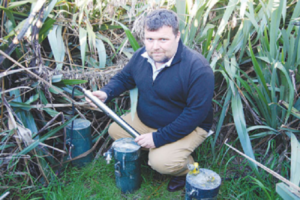
Lincoln Agritech has unveiled an advanced optical nitrate sensor for groundwater which it says will bring a paradigm shift in New Zealand’s groundwater management.
The slim stainless steel device is designed to give real-time data while being cheap and simple enough for widespread deployment. Now at the beta-testing stage, it is hoped to be commercially available by the end of the year.
The Lincoln University-owned R&D company says that, as NZ moves to adopt caps for nitrogen losses to waterways, it “remains unclear” how levels would be reliably measured. Current approaches are based on modelling rather than direct measurement, largely because present realtime sensors are too expensive.
But it says its sensor should retail for no more than $US5000 but yield data with similar accuracy and calibration consistency as sensors retailing for $US15,000-$US30,000 each.
The sensor is housed in a slim cylinder with a single hole through the middle. Water flowing through the hole is analysed by shining various wavelengths of light across the flow.
Agritech’s group manager environmental research, Blair Miller, says the device works by measuring the transference of UV light at 220 nanometres wavelength, which is absorbed by nitrates. Other wavelengths are detected and corrected for factors such as dissolved organic carbon and turbidity from silt.
He says other more expensive optical sensors are designed primarily for the wastewater industry and are more complex, having to measure a far greater range of targets and contaminants.
“We’ll never sell this as a wastewater sensor. But this will go down a dairy farm well anywhere in NZ, within reason,” says Miller.
The other devices are also “much fatter”, while theirs is specifically designed to fit in a 50mm bore, which could be direct-driven rather than expensively drilled.
The device has electronics that allow for easy connectivity by landline, wireless or cell network, which will also help keep deployment costs down.
Agritech hydrogeologist Jens Rekker revealed that prototypes of the sensor have performed well in monitoring the Hinds/Hekeao managed aquifer recharge project, south of Ashburton.
The year-old pilot project is aimed at recharging shallow aquifers in the district by taking clean alpine water from the Rangitata and letting it seep in from a purpose-built ‘leaky’ pond.
Rekker’s data shows that both the MAR and the new sensor have been working as planned. Nitrate concentrations in downstream groundwater have been markedly lower, and the sensors’ continuous data correlated very well with nitrate measurements from conventional sampling.
Rekker says the “utes and boots” method — having a person drive out to take a sample for lab analysis to get a paper report three weeks later — is “an expensive snap-shotty way of collecting data”.
“We know, especially in the flow field, how much richness that automated data collection provides for us,” he says.
Lincoln Agritech chief executive Peter Barrowclough says the sensor’s ability to vastly increase the amount of data available for decision making in the whole community will be “huge”.
“We don’t know exactly yet how it’ll be used in all circumstances. But we’ve got science programmes running alongside it.
“We’ll sell this to people like DairyNZ, regional councils and NIWA. They’ll all learn from having more data, so over time we’ll have a much richer data set from which to make better-quality decisions.”
Miller says Overseer “finishes” at the bottom of the root zone but a lot of farms would have natural assimilative capacity for denitrification below that, which the sensors could potentially demonstrate.
Written by Nigel Malthus
Source: www.ruralnewsgroup.co.nz




